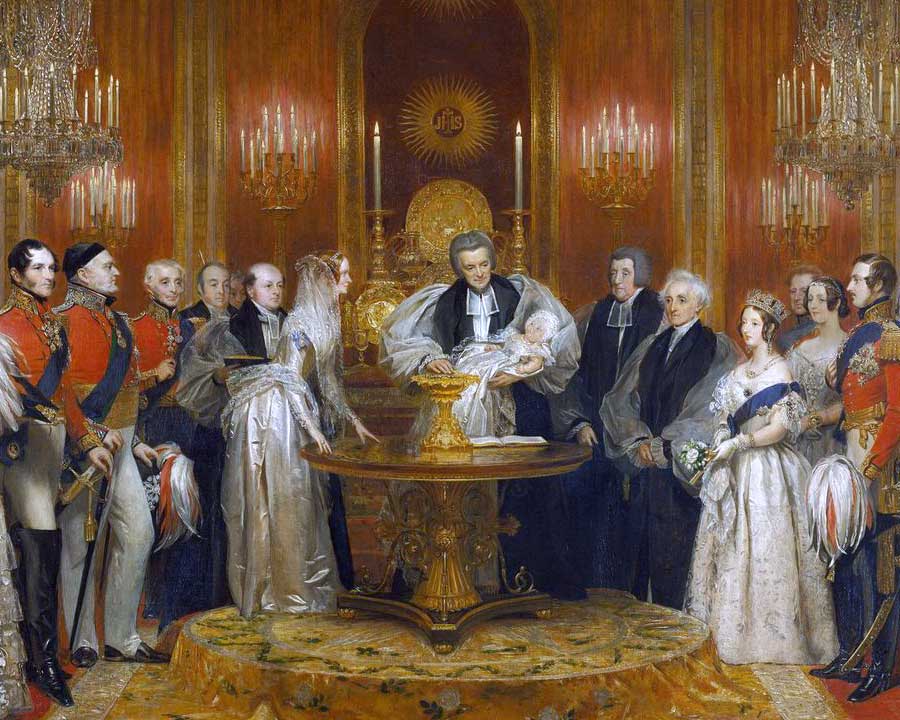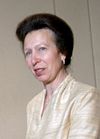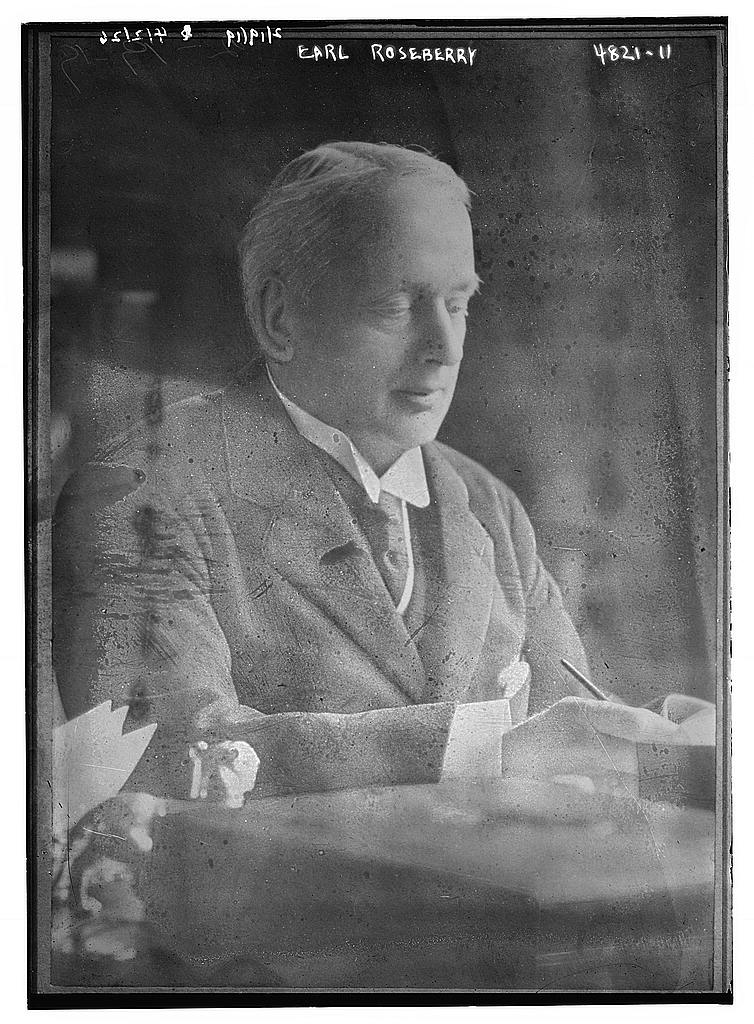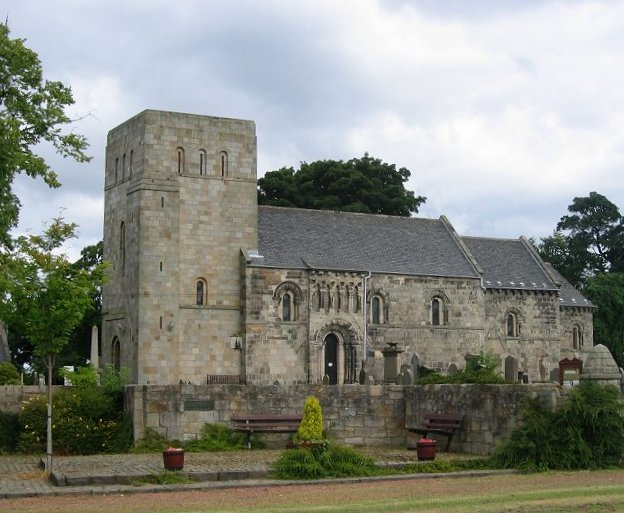by Scott Mehl
© Unofficial Royalty 2019

The Coronet of a British Duke. By SodacanThis W3C-unspecified vector image was created with Inkscape. – Own work, CC BY-SA 3.0, https://commons.wikimedia.org/w/index.php?curid=10963935
by Scott Mehl
Dukes are the most senior members of the Peerage and hold precedence before all other members of the Peerage (with the exception of Royal Dukes and other peers who are also Officers of State). Precedence is determined by the date of the creation of the title. Currently, there are 37 Dukedoms, held by 31 Dukes.
The word Duke comes from the Latin word dux, meaning leader. In Ancient Rome it was used for a military commander, and later the leading commander of a province. Women holding a Dukedom in their own right, and wives of Dukes, hold the title of Duchess.
The title Duke was first used in England in 1337, when King Edward III created his son Edward, the Black Prince, as Duke of Cornwall. His other surviving sons were later created Dukes as well – Clarence, Lancaster, York and Gloucester. There were 16 dukedoms created by 1483, but only four remained by the time the Tudor dynasty began in 1485. In total, 160 dukedoms have been created, consisting of 106 different titles. These include 7 Dukedoms created for women in their own right. (6 women held these titles, all of which went extinct upon their deaths.)
The Peerage of England (1337-1707)
- 76 dukedoms created
- 43 different titles
- 4 Duchesses in their own right
- 11 still extant, including one Royal Duke (Cornwall)
The Peerage of Scotland (1398-1707)
- 27 dukedoms created
- 16 different titles
- 0 Duchesses in their own right
- 9 still extant, including one Royal Duke (Rothesay)
The Peerage of Great Britain (1707-1801)
- 27 dukedoms created
- 24 different titles
- 1 Duchess in her own right
- 3 still extant
The Peerage of Ireland (1661-1868)
- 5 dukedoms created
- 4 different titles
- 1 Duchess in her own right
- 2 still extant
The Peerage of The United Kingdom (1801-present)
- 25 dukedoms created
- 19 different titles
- 1 Duchess in her own right
- 12 still extant, including 6 Royal Dukes (Gloucester, Kent, Edinburgh, York, Cambridge, and Sussex)

Edward Fitzalan-Howard, 18th Duke of Norfolk. photo: By Allan warren – Own work, CC BY-SA 3.0, https://commons.wikimedia.org/w/index.php?curid=28911277
The most senior Duke (aside from the Royal Dukes), known as The Premier Duke of England, is The Duke of Norfolk, whose title dates back to 1483. As the premier duke (and also the premier Earl as he holds the Earldom of Arundel), The Duke of Norfolk holds the position of Earl Marshal, one of the Great Officers of State. In this role, the Duke is responsible for major ceremonial events, such as the Coronation of the Monarch and State Funerals. He is also the head of the College of Arms, and is one of the four people who precede the Monarch in the procession at the State Opening of Parliament. Since The House of Lords Act 1999, as Earl Marshal, the Duke of Norfolk is one of only two hereditary peers who is automatically a member of the House of Lords.

Alexander Duff, Duke of Fife with his wife, Princess Louise, Duchess of Fife, c1889. source: Wikipedia
The last non-royal dukedom created was The Duke of Fife in 1900. Alexander Duff had succeeded his father as Earl of Fife in 1879. Ten years later, in 1889, he married Princess Louise of Wales, the eldest daughter of the future King Edward VII. Two days after the wedding, Queen Victoria created Alexander Duke of Fife and Marquess of Macduff in the Peerage of the United Kingdom. The Letters Patent creating the title contained the traditional succession to the “heirs male of his body”. As the couple only had two surviving daughters, The Queen granted a second creation of the title in 1900, creating him The Duke of Fife and Earl of Macduff. These Letters Patent included a special remainder that allowed the title to pass to the daughters of the Duke, and then to their male heirs.
Upon the Duke’s death in 1912, the original dukedom and marquessate became extinct. However, the second Dukedom, and earldom, passed to his eldest daughter, Princess Alexandra, who became the 2nd Duchess of Fife and 2nd Countess of Macduff in her own right. Following her death, as she had no surviving sons, the title passed to the son of her younger sister, James Carnegie who also inherited the Earldom of Southesk from his own father. The title continues to pass through the male line, and is currently held by David Carnegie, the 4th Duke of Fife, 13th Earl of Southesk, 4th Earl of Macduff, 13th Lord Carnegie of Kinnaird, 13th Lord Carnegie (of Kinnaird and Leuchars), 5th Baron Balinhard (of Farnell in the County of Forfar), and 10th Baronet Carnegie (of Pittarrow in the County of Kincardine). As the dukedom is his senior title, he is styled as The Duke of Fife.
Since then, the only dukedoms created have been for members of the Royal Family. There was one potential exception when in 1955, former Prime Minister Winston Churchill was offered a dukedom by Queen Elizabeth II. But Churchill declined the offer and was instead created a Knight of the Order of the Garter.
Cecilia Underwood, Duchess of Inverness. source: Wikipedia
There have been seven Dukedoms created for women in their own right. The six women who received these titles are:
- Margaret of Brotherton, Duchess of Norfolk (c1320-1399) – a granddaughter of King Edward I, Margaret succeeded her father as Countess of Norfolk in her own right in 1338, and was created Duchess of Norfolk in 1397 by King Richard II.
- Alice Leigh Dudley, Duchess of Dudley (1579-1669) – Alice was the second wife of noted explorer Sir Robert Dudley, who abandoned her and their children, settling in Tuscany, remarrying and selling all of his English estates. She was created Duchess of Dudley in her own right – only for life – by King Charles I in 1644.
- Barbara Villiers Palmer, Duchess of Cleveland (1640-1709) – a mistress of King Charles II, with whom she had several children. The King appointed her Lady of the Bedchamber to his wife, Catherine of Braganza, and in 1670 created her Duchess of Cleveland. The title passed to her eldest son, and then grandson before becoming extinct in 1774.
- Louise de Penancoët de Kérouaille, Duchess of Portsmouth (1649-1734) – a lady-in-waiting to King Charles II’s sister, the King later appointed her a Lady of Bedchamber to his wife, Catherine of Braganza. She became the King’s mistress, and he created her Duchess of Portsmouth, Countess of Fareham and Baroness Petersfield in 1673. Her titles were only for life, but her only son was later created Duke of Richmond.
- Ehrengard Melusine von der Schulenburg, Duchess of Kendal and Munster (1667-1743) – once a maid of honour to the Electress Sophia of Hanover, Ehrengard became a mistress of the future King George I. After he became King, Ehrengard accompanied him to England, and in 1716 he created her Duchess of Munster, Marchioness of Dungannon, Countess of Dungannon and Baroness Dundalk in the Peerage of Ireland. Three years later, she was also created Duchess of Kendal, Countess of Feversham and Baroness Glastonbury in the Peerage of Great Britain. All of these titles were only for her lifetime.
- Cecilia Gore Buggin Underwood, Duchess of Inverness (1789-1873) – after being widowed in 1825, Cecilia became the wife of The Duke of Sussex, the sixth son of King George III. As the marriage was in violation of the Royal Marriages Act, it was not recognized, and Cecilia did not gain any of her husband’s titles, or right of precedence. She instead assumed her mother’s maiden name, Underwood, as her surname. In 1840, her husband’s niece, Queen Victoria, created her Duchess of Inverness in her own right (recognizing one of her husband’s subsidiary titles, Earl of Inverness). Unlike many of the other Duchesses in their own right, Cecilia’s title was granted to her and her male heirs. As she had no children, the title became extinct upon her death.
Styles and Titles
- A Duke is styled His Grace The Duke of XX, and referred to as ‘Your Grace’.
- A Duchess (whether a Duke’s wife or a Duchess in her own right) is styled Her Grace The Duchess of XX and referred to as ‘Your Grace’.
- The eldest son of a Duke traditionally uses his father’s most senior, but lower-ranking, subsidiary title as a courtesy title. (If the senior subsidiary title is similar to the name of the Dukedom, the next senior title is used). This is used without the article ‘The’ preceding it. For example, the eldest son of The Duke of Fife is styled ‘Earl of Southesk’.
- Younger sons and all daughters of a Duke are styled as Lord or Lady (first name) (surname). Example: Lord George Carnegie is a younger son of The Duke of Carnegie.
LIST OF EXTANT DUKEDOMS, in order of creation:
PEERAGE OF ENGLAND
Duke of Cornwall
Duke of Norfolk
Duke of Somerset
Duke of Richmond
Duke of Grafton
Duke of Beaufort
Duke of St Albans
Duke of Bedford
Duke of Devonshire
Duke of Marlborough
Duke of Rutland
PEERAGE OF SCOTLAND
Duke of Rothesay
Duke of Hamilton
Duke of Buccleuch
Duke of Lennox
Duke of Queensberry
Duke of Argyll
Duke of Atholl
Duke of Montrose
Duke of Roxburghe
PEERAGE OF GREAT BRITAIN
Duke of Brandon
Duke of Manchester
Duke of Northumberland
PEERAGE OF IRELAND
Duke of Leinster
Duke of Abercorn
PEERAGE OF THE UNITED KINGDOM
Duke of Wellington
Duke of Sutherland
Duke of Westminster
Duke of Gordon
Duke of Argyll
Duke of Fife
Duke of Gloucester
Duke of Kent
Duke of Edinburgh
Duke of York
Duke of Cambridge
Duke of Sussex
MULTIPLE DUKEDOM HOLDERS
Duke of Cornwall and Rothesay (England, Scotland)
Duke of Hamilton and Brandon (Scotland, Great Britain)
Duke of Argyll (Scotland, United Kingdom)
Duke of Buccleuch and Queensberry (both Scotland)
Duke of Richmond, Lennox and Gordon (Scotland, England, United Kingdom)
This article is the intellectual property of Unofficial Royalty and is NOT TO BE COPIED, EDITED, OR POSTED IN ANY FORM ON ANOTHER WEBSITE under any circumstances. It is permissible to use a link that directs to Unofficial Royalty.



































































